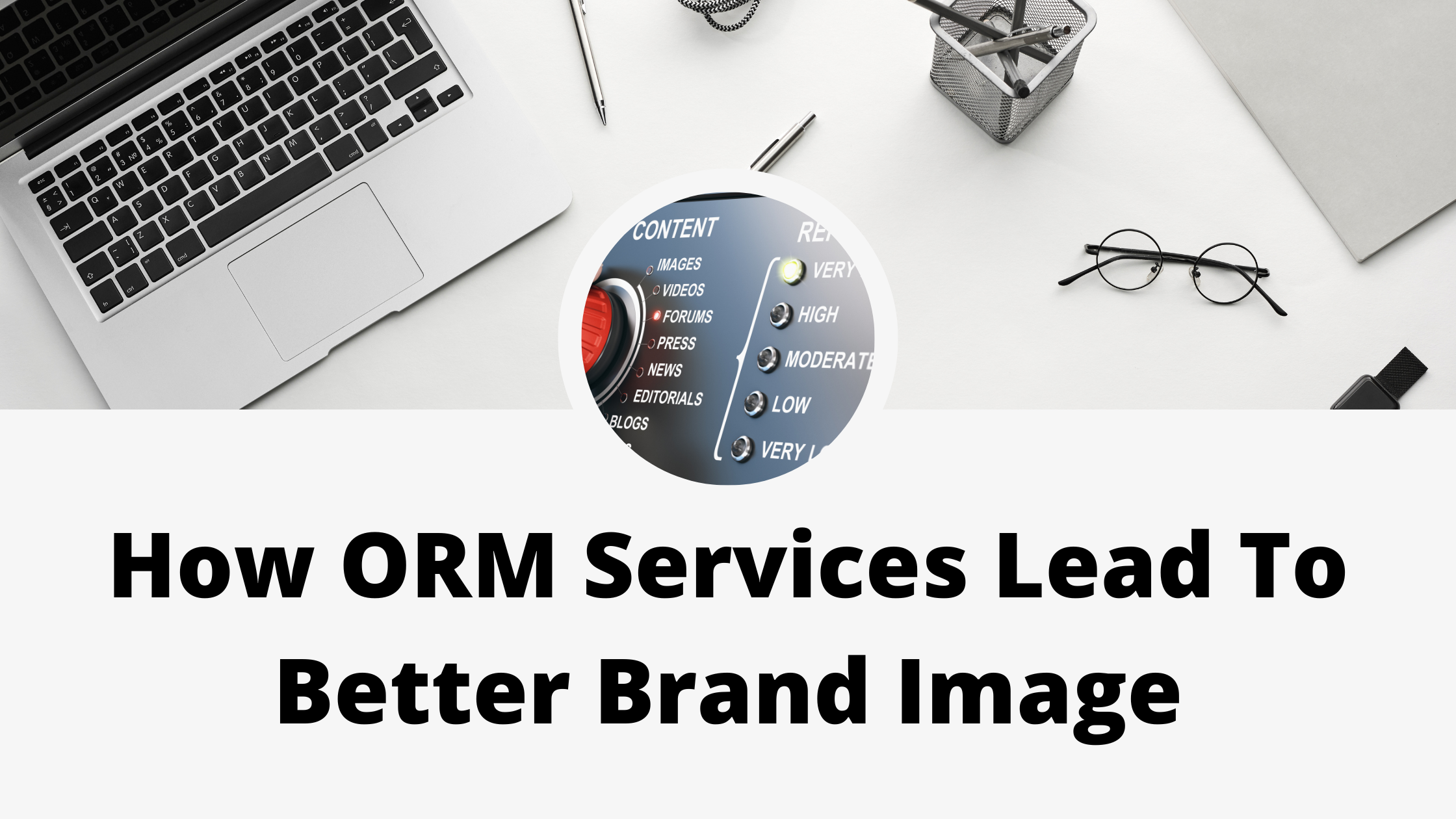The Role of AI in Topic Research and Content Ideation
September 7, 2023
A Comprehensive Guide to B2B Sales Funnel
May 24, 2023
10 Powerful Ways AI is Used In eCommerce
September 26, 2022
Common SEO Agency Problems With Solutions ! Know Everything
September 14, 2022
How ORM Services Lead To Better Brand Image?
September 1, 2022









